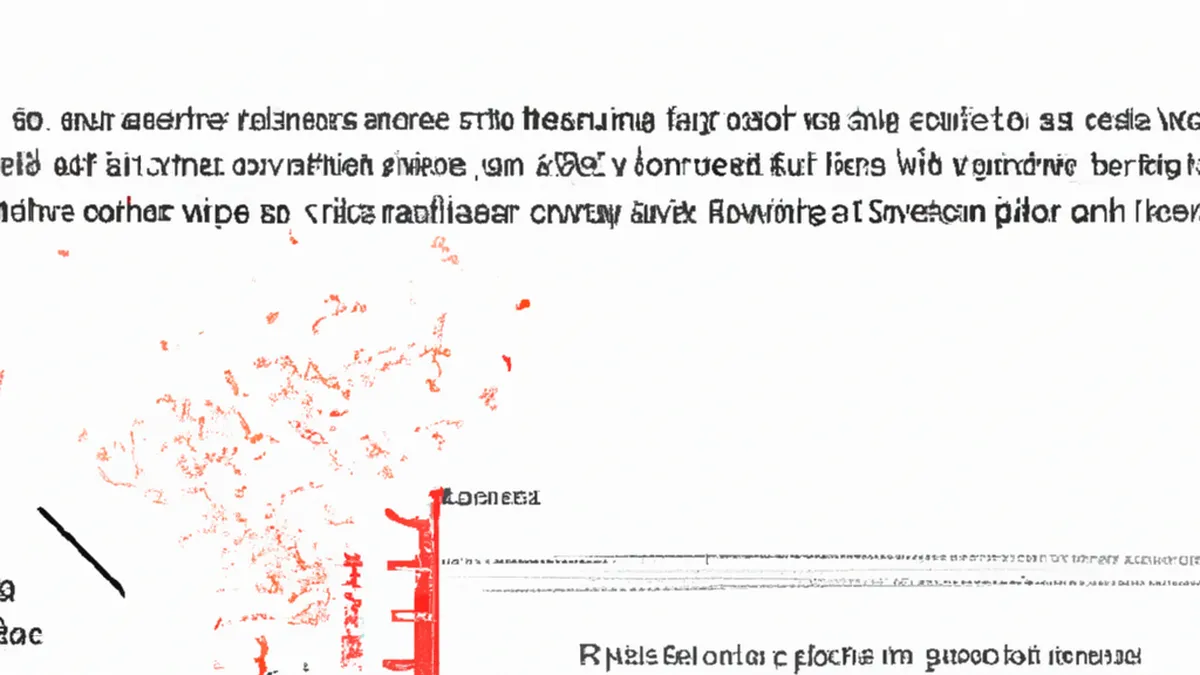Rethinking Fast Breaks with Data Insights
The Importance of Data Analytics in Fast Break Strategy Design
In sports, strategy defines a team’s success. Coaches want to outsmart opponents using effective strategies like the fast break. This high-speed play demands precision, timing, and teamwork. Data analytics plays a crucial role in designing fast break strategies. Teams can improve performance and make informed decisions using data. This blog explores the significance of data analytics in creating fast break strategies.
Understanding Data Analytics in Sports
Data analytics entails collecting, processing, and analyzing information for actionable insights. In sports, this includes player statistics, game footage, and opponent tendencies. Coaches and analysts identify patterns to inform decisions.
For example, a coach can assess a player’s speed, shooting efficiency, and decision-making under pressure. This analysis reveals which players excel in fast break situations and who needs training. Data analytics also uncovers weaknesses in opponents’ defenses. Teams can exploit these gaps effectively during fast breaks.
Types of Data to Analyze
Coaches should focus on beneficial statistics for designing fast break strategies. Key areas include:
1. **Player Performance Metrics**: Evaluate player performance in transition. Analyze assists, turnovers, points per possession, and shooting percentages during fast breaks. This understanding helps coaches decide ball handlers and scoring positions during fast breaks.
2. **Opponent Analysis**: Examine opponents’ defensive setups and tendencies. Identify formations vulnerable to fast breaks. Some teams rely on half-court defense, making them susceptible to quick transitions. Data reveals opponents’ responses to fast breaks, allowing strategic exploitation of weaknesses.
3. **Game Situations**: Assess fast break performance in various game situations. Consider time remaining, score differentials, and player fatigue. Analyzing these factors helps coaches decide when to initiate fast breaks during games.
Tools for Data Analytics
Coaches can utilize various tools for data analytics. Software platforms like Hudl, Synergy, and Sportscode provide video analysis and statistical breakdowns. These tools help teams dissect game footage and gather performance insights.
Wearable technology also tracks player movement and physiological data. GPS trackers and heart rate monitors reveal player stamina, speed, and overall condition. Combining these tools allows teams to create strategies that maximize fast break potential.
Tips for Designing Fast Break Strategies
Coaches must consider multiple factors when creating fast break strategies.
Conclusion
Data analytics significantly enhances the design of fast break strategies. Coaches can make informed decisions to improve team performance.
Below are related products based on this post:
FAQ
How does data analytics improve fast break strategies in sports?
Data analytics enhances fast break strategies by providing actionable insights into player performance, opponent tendencies, and game situations. Coaches can analyze player statistics such as speed and shooting efficiency, identify weaknesses in opponents’ defenses, and make informed decisions about when and how to initiate fast breaks for maximum effectiveness.
What types of data should coaches focus on for designing fast break strategies?
Coaches should focus on player performance metrics, opponent analysis, and game situations. Key areas include evaluating assists, turnovers, and shooting percentages during fast breaks, examining opponents’ defensive setups, and considering factors like time remaining and player fatigue to optimize fast break opportunities.
What tools can coaches use for data analytics in fast break strategy design?
Coaches can utilize various tools such as software platforms like Hudl, Synergy, and Sportscode for video analysis and statistical breakdowns. Additionally, wearable technology, including GPS trackers and heart rate monitors, can provide insights into player movement and physiological data, helping teams develop effective fast break strategies.















Post Comment